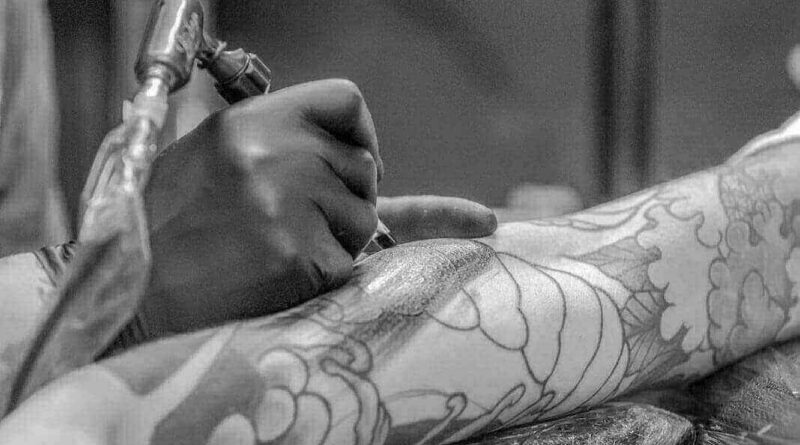Causes and Signs of Infected Tattoo
Tattoos are a famous way of making several designs on the body as a decoration, symbol of something or purely for pictorial signs. It involves inserting ink into the skin through tiny needles or brush, and it can be painful as well as abrasive. Read more to know about Infected Tattoo.
Due to these facts, if the tools used are not sterile and free from any contaminations or the tattoo itself is not taken care of in the right way, infections can result. These are the two leading causes of infections, but a thorough breakdown is given down in this article.
Table of Contents
Signs of Infected Tattoo
A majority of infections appearing in the tattooed area are quite distinguishable from normal skin conditions, and thus it is easy to know that all is not well. However, in a more precise way, given below are the signs of an infected tattoo.
1. Severe inflammation
All tattoos will be inflamed immediately after cutting it, but this should go away within a few days. If the inflammations(1) and the area around the tattoo become warm and radiate some heat from inside that is an indication you have an infection. Also if the skin becomes dark red rather than light red and the itching becomes severe; look for a thorough check on it. Know the sign of infected tattoo and take prevention.
2. Fluid buildup in the tattooed section
If the tattoo becomes filled with fluid that has some fouls smell or one that causes an itching sensation, there is a high probability it has become infected.
3. Having red lesions around the tattooed area
Reddening of the skin is an indication that some of the red blood cells are dying. It is an indication that pus will form soon. It may be followed by swelling of some nodes.
[Read: Benefits of Lavender Oil for Skin]
Causes of these tattoo infections
A variety of reasons can prompt them, and the main ones are as listed below:
The ink used to make the tattoo might contain some elements that are allergic to your skin or might even be contaminated. Ensure you only buy ink from recommended dealers.
Exposure to excess heat from the sun as well as light; some tattoo dyes more so the red and yellow ones are reactive to light. The reaction can result in rashes or itching that can trigger actions that can lead to wounding your skin.
Use of contaminated pieces of equipment; a tattoo is a wound made on the skin and filled with some ink but done professionally so that no infections result. If any level of professionalism is not observed and poor quality pieces of equipment or contaminated ones are used, then the infection will occur.
Body defensive mechanisms can also cause infections especially when the body detects the introduced ink as a threat to body health. It will set its disease-fighting mechanism in action, and as they try to fight the ink, they may clump around the tattoo and cause a condition called a granuloma.
Pulling off the dry scabs in the tattoo: These are initial signs that your tattoo is drying well, if you peel off the dry skin, it may result in bleeding and open secondary wounds that can lead to infections.
[Read: Home Remedies for Vitiligo]
How to prevent tattoo infections
Tattoo infections can result from prior or aftercare practices directly related to the tattoo. If you make the wrong choice on where or who to do the tattoo, then problems might emanate from there. Alternatively, if the tattoo is done correctly, but you fail to take proper precautionary measures, infections might also result.
Given below are some of the steps you can take to ensure you minimize the risks of getting infections.
Practice high levels of sanitation with respect to your laundry as well as the tattoo. Using a dirty towels and beddings can contaminate the tattoo with germs and cause infections. When cleaning the tattoo use antibacterial soaps and apply petroleum jelly products to prevent foreign materials from entering your skin through the tattoo.
Choose where to get your tattoo wisely. Ask around for recommendations from friends on which is the best place to have your tattoo done. Also, do due diligence research to ensure you are dealing with a licensed physician or a dermatologist who is well-phrased with cosmetology. Ensure there is an autoclave in the facility.
After getting a tattoo, wait for five hours and unbandage the tattoo, clean it with antibacterial soap as well as warm water. Dry the skin with paper towels and apply petroleum or Aquaphor and repeat this process for around three times daily for four days, and the chances of getting infections will be meager. By this you can prevent infected tattoo.
Consult a qualified tattoo removal specialist or dermatologist on the best practices to undertake to reduce the risk of infection. You can also enquire from where you are planning to do the tattoo and also ask them the precautionary measures they take to ensure no infections will develop after getting a tattoo.




